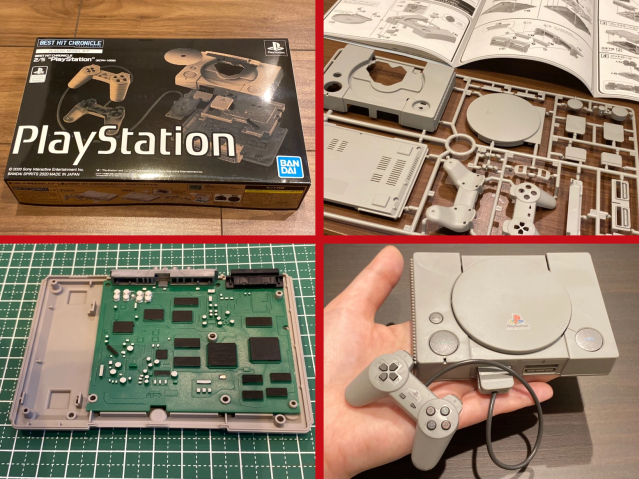
A two-fifths-scale inside look at what made Sony’s original video game system work brings back some full-size reminders of something we should never forget.
Japanese toy maker Bandai is famous for its plastic model kits that let fans recreate the giant robots from Gundam and dozens of other anime series. For its latest offering, though, Bandai has found inspiration in a beloved piece of real-world technology.
The company’s Best Hit Chronicle line salutes epoch-making items that changed pop culture, and first up in the series is a 2:5-scale, build-it-yourself model of the original PlayStation, which ships in a box that takes its styling cues from the one that Sony’s first video game console shipped in.
Compared to an anime robot bristling with weaponry, antennas, and angel wings made of concentrate plasma energy, the PlayStation’s box-like form might seem like a pretty simple thing to build. But what made the PlayStation special was the technical performance of its processors and disc drive, and so Bandai’s model kit doesn’t just cover the system’s outer shell, but all the computer components that were on the inside as well.
As our Japanese-language reporter Mr. Sato peered at the parts, he felt a mix of excitement and intimidation. Thankfully, the kit comes with detailed diagrammed instructions, written in both English and Japanese, that explain how to put everything together.
No glue or adhesives are required, but a nice pair of pliers will save you the stress of worrying about crushing or bending pieces as you snap them off the plastic frame.
Looking at the circuit board, Mr. Sato thought back to the days of his youth, reading through magazines and marveling at the specs for the Sony system, which were a huge leap over the previous generation’s 16-bit machines. He knew that eventually all of this was going to be hidden and encased in the model’s outer housing, but seeing how everything fit together, and arranging it with his own hands, gave him a deep appreciation for all the work that went into designing the system.
▼ The kit even contains a recreation of the disc reader’s optic lens in clear plastic.
Painting is entirely optional, since all of the exterior-visible pieces are all already the correct color or have decals to be attached. However, for maximum authenticity you can paint some of the internals, and the instructions even explain which colors to mix, and in what ratios, to get the perfect shade.
Just like the original core system, the PlayStation model comes with one controller, which shows what’s really going on inside the plastic: Sony’s iconic D-pad looks like four separate buttons on the outside, but is actually a single piece below the surface.
In order to keep its retail price down, the original PlayStation didn’t include a pack-in game, which actually ended up being a huge advantage for Sony since it freed up the buyer’s budget to buy whatever game they actually wanted. In an acceptable break with authenticity, though, Bandai’s PlayStation model comes with a scale disc.
As an especially cool touch, the model’s clamshell lid actually opens, and allows you to stick the disk on the spindle inside.
And though the AV outputs on the back are purely decorative, the controller ports and memory card slots are functional, in that they allow you to plug the peripherals in.
The finished product is so exact that without some sort of scale reference it’s hard to distinguish it from the actual 1994 console.
Putting together the 2,750-yen (US$26) kit took Mr. Sato about two hours, but emotionally, it took him back 25-some odd years. Growing up, his parents had bought him a Famicom and Super Famicom (as Nintendo’s NES and SNES were called in Japan), but the PlayStation was the first system he’d purchased on his own, slowly saving up for it while dreaming of what it’d be like to play the then-upcoming Final Fantasy VII. That slow but steady building of anticipation as he got closer and closer to his savings goal and being able to hold the system and a brand new controller in his hand was something he didn’t think he’d ever feel again. Each time he connected two pieces of the model, though, he was connecting a bit of his current self with his younger version, and his new understanding of the PlayStation’s internals helped remind him what makes him tick too, and how much fun it is to look forward to the future.
Photos ©SoraNews24
● Want to hear about SoraNews24’s latest articles as soon as they’re published? Follow us on Facebook and Twitter!
[ Read in Japanese ]
Follow Casey on Twitter, where he can’t see an open PS1 with a disc inside without remembering the original method for playing Japanese games on U.S. versions of the system.
[ Read in Japanese ]

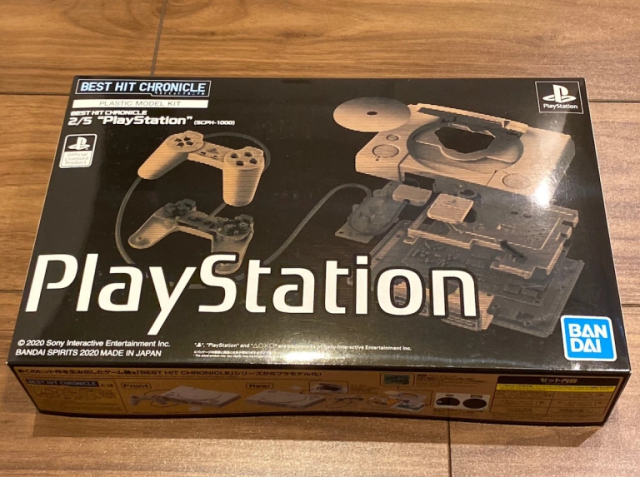
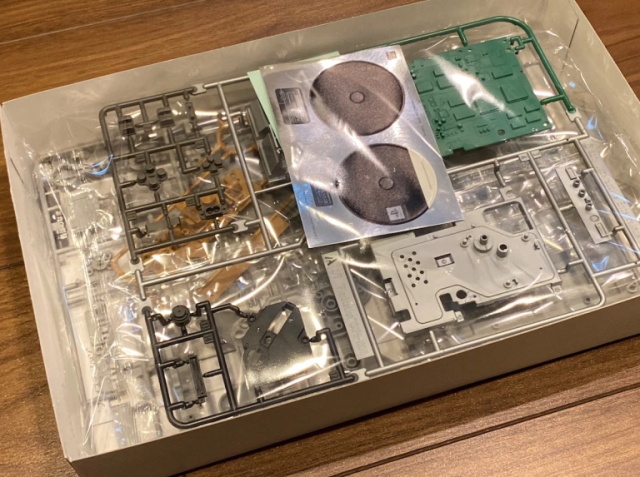
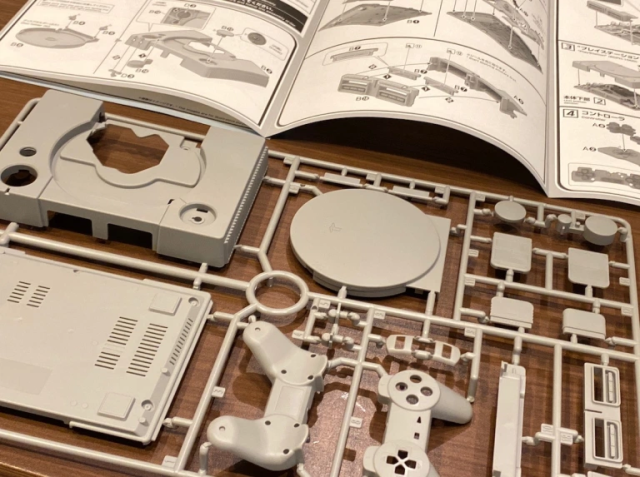
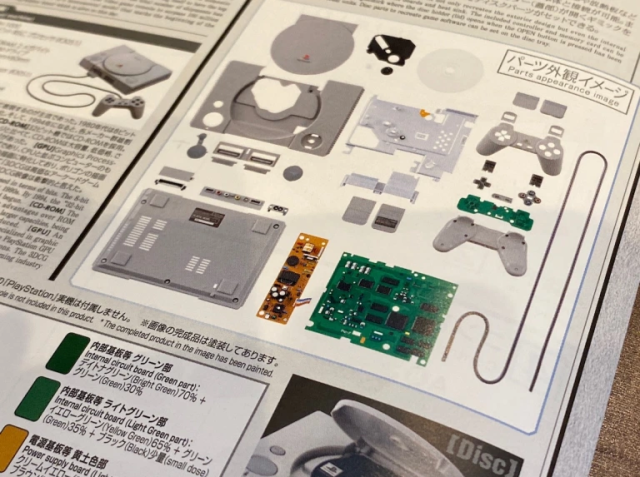
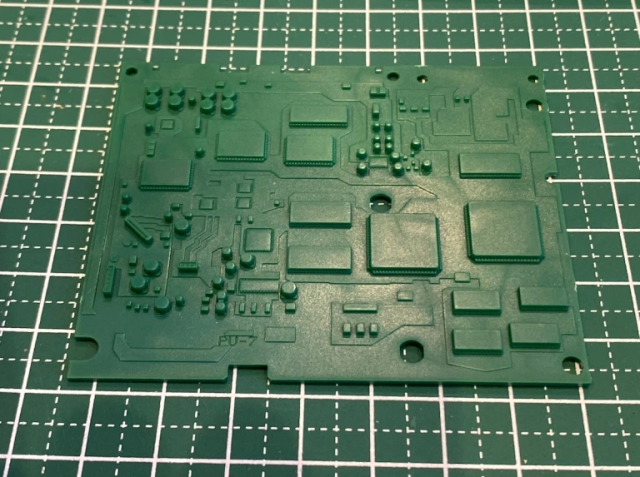
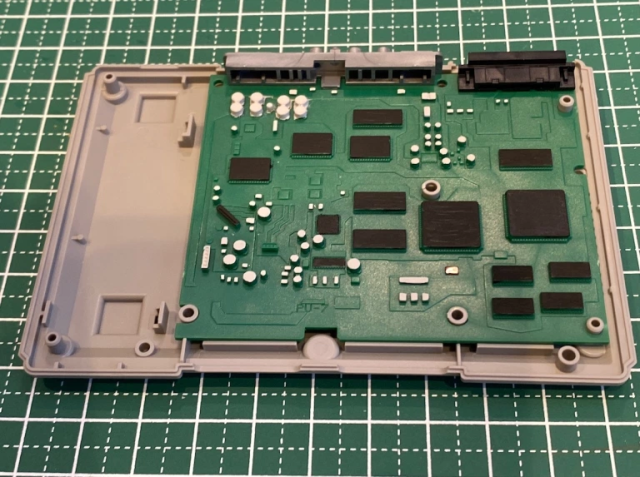
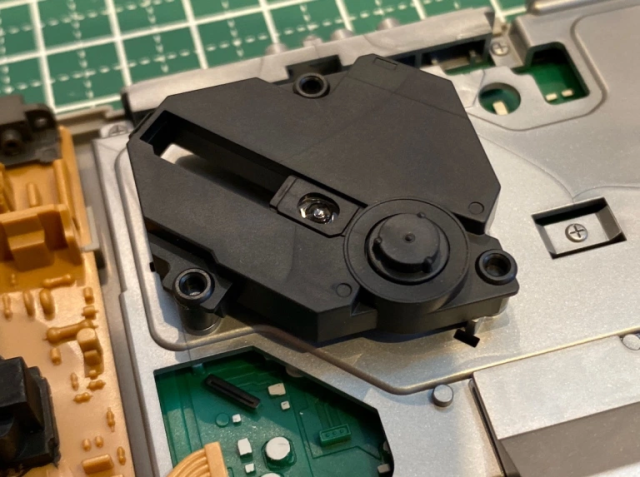
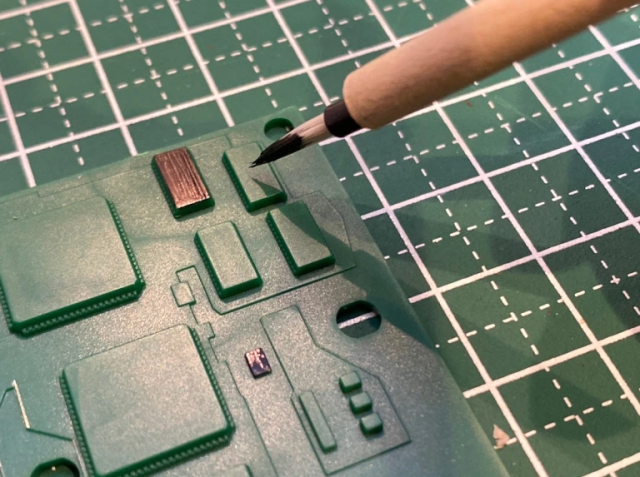
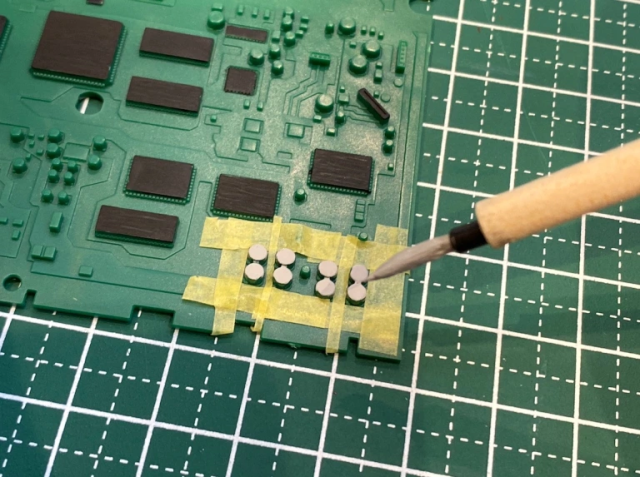
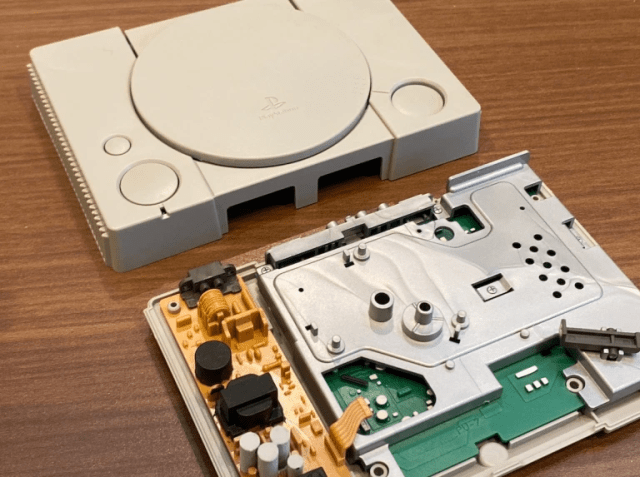
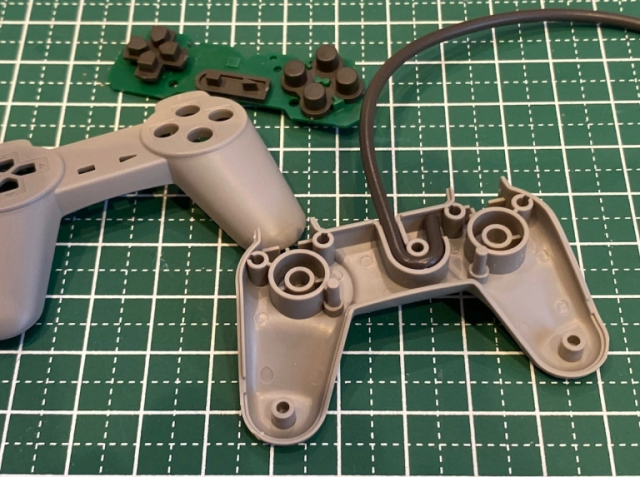
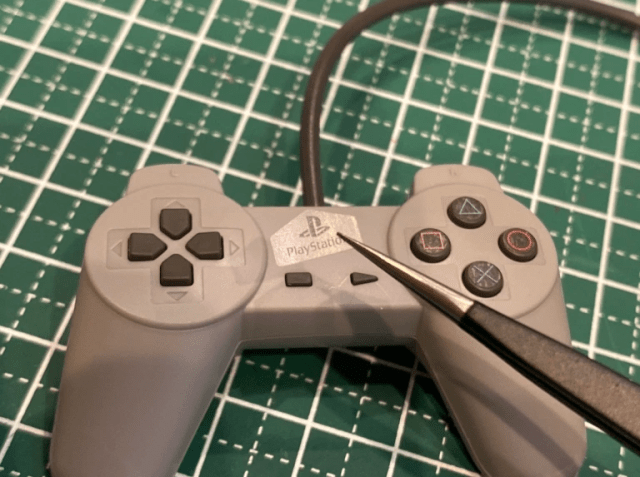
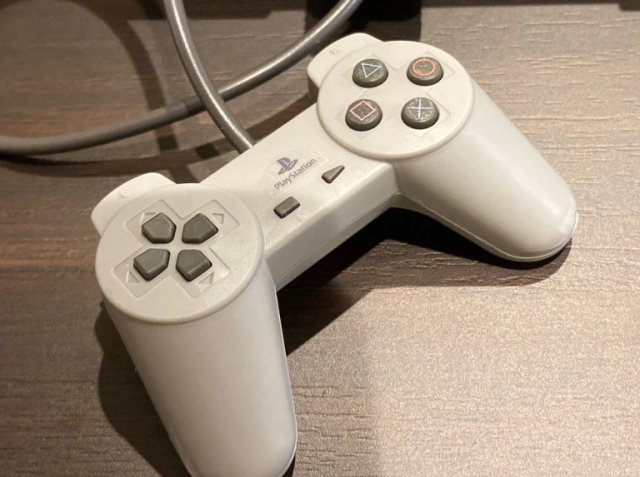
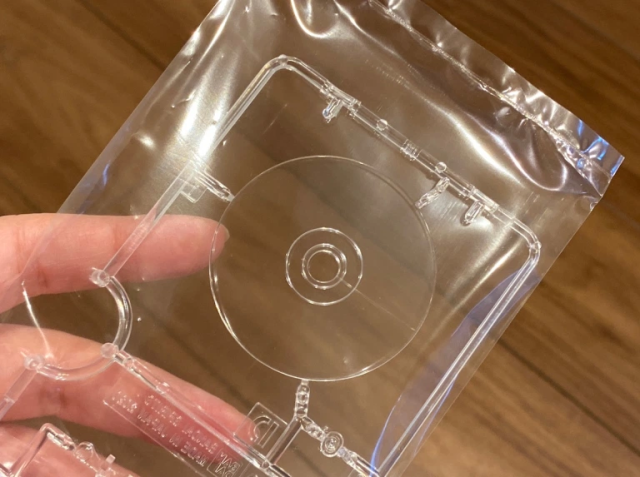
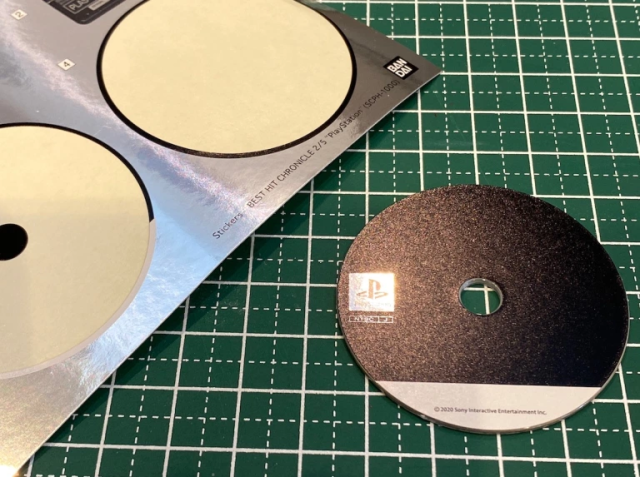
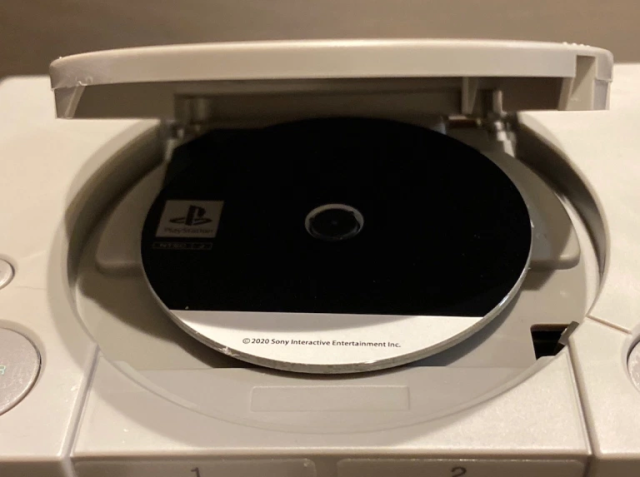
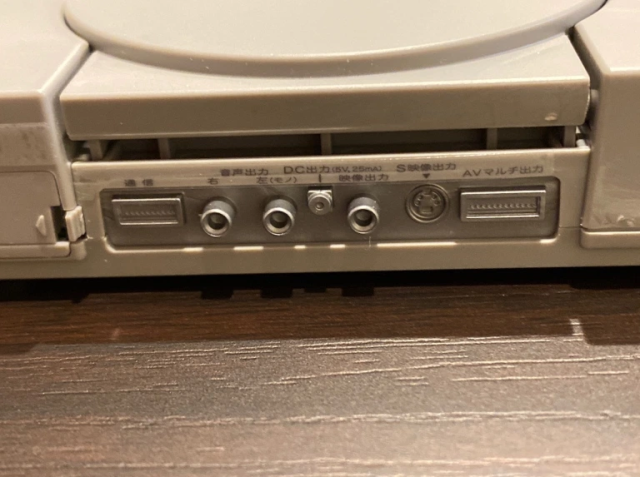
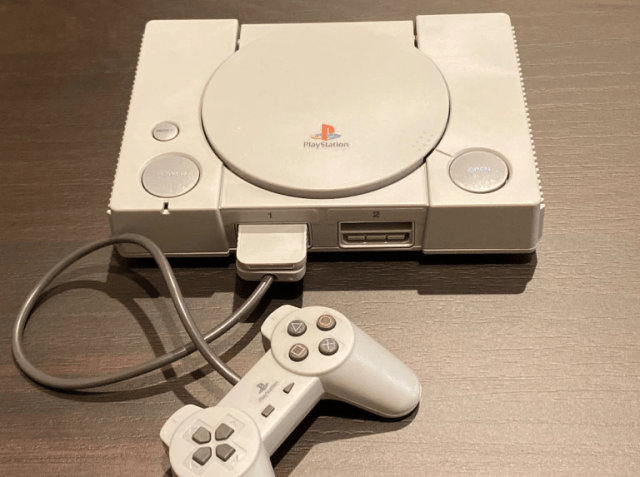
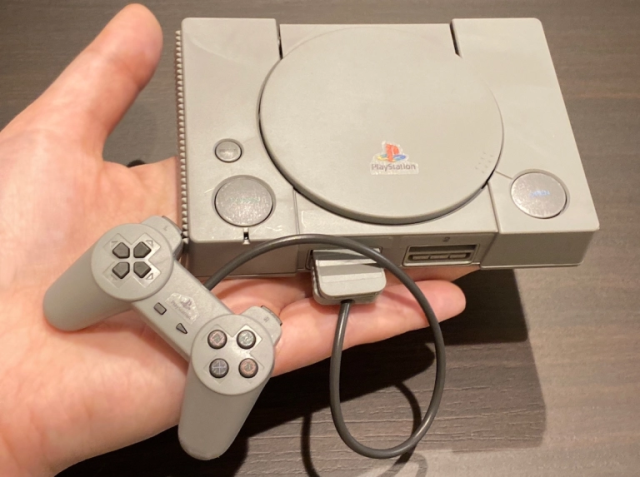
 Weirdest plastic model ever – A 1:1-scale Cup Noodle, including the ramen and toppings【Photos】
Weirdest plastic model ever – A 1:1-scale Cup Noodle, including the ramen and toppings【Photos】 We try to get the first PS4 sold in Japan, and so does this guy dressed like a Move controller
We try to get the first PS4 sold in Japan, and so does this guy dressed like a Move controller Bandai launches Gunpla Recycling Project to reuse Gundam anime model kit plastics
Bandai launches Gunpla Recycling Project to reuse Gundam anime model kit plastics So long, PlayStation 4 – Sony announces it’s ending repair service for early PS4 models
So long, PlayStation 4 – Sony announces it’s ending repair service for early PS4 models Sony ends shipments of PlayStation TV in Japan
Sony ends shipments of PlayStation TV in Japan Tokyo Tsukiji fish market site to be redeveloped with 50,000-seat stadium, hotel, shopping center
Tokyo Tsukiji fish market site to be redeveloped with 50,000-seat stadium, hotel, shopping center Japanese ramen restaurants under pressure from new yen banknotes
Japanese ramen restaurants under pressure from new yen banknotes McDonald’s new Happy Meals offer up cute and practical Sanrio lifestyle goods
McDonald’s new Happy Meals offer up cute and practical Sanrio lifestyle goods Beautiful Red and Blue Star luxury trains set to be Japan’s new Hokkaido travel stars
Beautiful Red and Blue Star luxury trains set to be Japan’s new Hokkaido travel stars Pokémon Sleep camping suite and guestrooms coming to Tokyo Hyatt along with giant Snorlax burgers
Pokémon Sleep camping suite and guestrooms coming to Tokyo Hyatt along with giant Snorlax burgers We tried Korea’s way-too-big King Tonkatsu Burger at Lotteria 【Taste Test】
We tried Korea’s way-too-big King Tonkatsu Burger at Lotteria 【Taste Test】 Japanese company starts project to restore Nakagin Capsules to capsule hotel
Japanese company starts project to restore Nakagin Capsules to capsule hotel Mt. Koya planning to instate visitor’s tax to cope with huge tourist numbers
Mt. Koya planning to instate visitor’s tax to cope with huge tourist numbers French Fries Bread in Tokyo’s Shibuya becomes a hit on social media
French Fries Bread in Tokyo’s Shibuya becomes a hit on social media Beautiful Ghibli sealing wax kits let you create accessories and elegant letter decorations【Pics】
Beautiful Ghibli sealing wax kits let you create accessories and elegant letter decorations【Pics】 All-you-can-drink Starbucks and amazing views part of Tokyo’s new 170 meter-high sky lounge
All-you-can-drink Starbucks and amazing views part of Tokyo’s new 170 meter-high sky lounge More foreign tourists than ever before in history visited Japan last month
More foreign tourists than ever before in history visited Japan last month Starbucks reopens at Shibuya Scramble Crossing with new look and design concept
Starbucks reopens at Shibuya Scramble Crossing with new look and design concept Studio Ghibli releases new action figures featuring Nausicaä of the Valley of the Wind characters
Studio Ghibli releases new action figures featuring Nausicaä of the Valley of the Wind characters Studio Ghibli glasses cases let anime characters keep an eye on your spectacles
Studio Ghibli glasses cases let anime characters keep an eye on your spectacles Is the new Shinkansen Train Desk ticket worth it?
Is the new Shinkansen Train Desk ticket worth it? New private rooms on Tokaido Shinkansen change the way we travel from Tokyo to Kyoto
New private rooms on Tokaido Shinkansen change the way we travel from Tokyo to Kyoto Studio Ghibli releases Kiki’s Delivery Service chocolate cake pouches in Japan
Studio Ghibli releases Kiki’s Delivery Service chocolate cake pouches in Japan New definition of “Japanese whiskey” goes into effect to prevent fakes from fooling overseas buyers
New definition of “Japanese whiskey” goes into effect to prevent fakes from fooling overseas buyers Our Japanese reporter visits Costco in the U.S., finds super American and very Japanese things
Our Japanese reporter visits Costco in the U.S., finds super American and very Japanese things Studio Ghibli unveils Mother’s Day gift set that captures the love in My Neighbour Totoro
Studio Ghibli unveils Mother’s Day gift set that captures the love in My Neighbour Totoro Domino’s Japan now sells…pizza ears?
Domino’s Japan now sells…pizza ears? New Japanese KitKat flavour stars Sanrio characters, including Hello Kitty
New Japanese KitKat flavour stars Sanrio characters, including Hello Kitty New Pokémon cakes let you eat your way through Pikachu and all the Eevee evolutions
New Pokémon cakes let you eat your way through Pikachu and all the Eevee evolutions Sales of Japan’s most convenient train ticket/shopping payment cards suspended indefinitely
Sales of Japan’s most convenient train ticket/shopping payment cards suspended indefinitely Sold-out Studio Ghibli desktop humidifiers are back so Totoro can help you through the dry season
Sold-out Studio Ghibli desktop humidifiers are back so Totoro can help you through the dry season Japanese government to make first change to romanization spelling rules since the 1950s
Japanese government to make first change to romanization spelling rules since the 1950s Ghibli founders Toshio Suzuki and Hayao Miyazaki contribute to Japanese whisky Totoro label design
Ghibli founders Toshio Suzuki and Hayao Miyazaki contribute to Japanese whisky Totoro label design Doraemon found buried at sea as scene from 1993 anime becomes real life【Photos】
Doraemon found buried at sea as scene from 1993 anime becomes real life【Photos】 Tokyo’s most famous Starbucks is closed
Tokyo’s most famous Starbucks is closed One Piece characters’ nationalities revealed, but fans have mixed opinions
One Piece characters’ nationalities revealed, but fans have mixed opinions We asked a Uniqlo employee what four things we should buy and their suggestions didn’t disappoint
We asked a Uniqlo employee what four things we should buy and their suggestions didn’t disappoint Princesses, fruits, and blacksmiths: Study reveals the 30 most unusual family names in Japan
Princesses, fruits, and blacksmiths: Study reveals the 30 most unusual family names in Japan Tekken producer explains virtual reality girl demo ‘Summer Lesson’
Tekken producer explains virtual reality girl demo ‘Summer Lesson’ PlayStation VR user finds, shares ways of peeping at panties in schoolgirl tutor game【Video】
PlayStation VR user finds, shares ways of peeping at panties in schoolgirl tutor game【Video】 Newsflash: Sony unveils “Project Morpheus”, new virtual reality headset for PlayStation 4
Newsflash: Sony unveils “Project Morpheus”, new virtual reality headset for PlayStation 4 No console? No problem! Sony tests streaming video games direct to TV sets
No console? No problem! Sony tests streaming video games direct to TV sets Countdown to PlayStation 4 in Japan – Mr. Sato heads to the Sony Building to join the fun
Countdown to PlayStation 4 in Japan – Mr. Sato heads to the Sony Building to join the fun Nintendo’s official Line account officially hates Sony’s PlayStation
Nintendo’s official Line account officially hates Sony’s PlayStation The new PlayStation VR comes with an adorable miniature PlayStation 4
The new PlayStation VR comes with an adorable miniature PlayStation 4 This lucky bag of anime models is also a decades-long history lesson for our mecha newbie
This lucky bag of anime models is also a decades-long history lesson for our mecha newbie Princess Kaguya dioramas let you decorate your home with art of Ghibli’s uniquely beautiful anime
Princess Kaguya dioramas let you decorate your home with art of Ghibli’s uniquely beautiful anime Premium Bandai drops details for Nausicaä of the Valley of the Wind gunship and glider models
Premium Bandai drops details for Nausicaä of the Valley of the Wind gunship and glider models PlayStation 4 gets a price drop in Japan this October, Project Morpheus given an official name
PlayStation 4 gets a price drop in Japan this October, Project Morpheus given an official name Sony gives PlayStation 3 game cases a facelift, netizens complain they can’t tell games apart
Sony gives PlayStation 3 game cases a facelift, netizens complain they can’t tell games apart “Whiteday” – A Korean virtual reality horror game that’s sure to get your heart racing【Video】
“Whiteday” – A Korean virtual reality horror game that’s sure to get your heart racing【Video】 Sony is raising the price of the PlayStation5
Sony is raising the price of the PlayStation5 Newest Gundam anime robot model kit is made with green tea leaves, smells like green tea
Newest Gundam anime robot model kit is made with green tea leaves, smells like green tea Create 8-bit melodies by turning your old Nintendo cartridges into harmonicas 【Video】
Create 8-bit melodies by turning your old Nintendo cartridges into harmonicas 【Video】
Leave a Reply